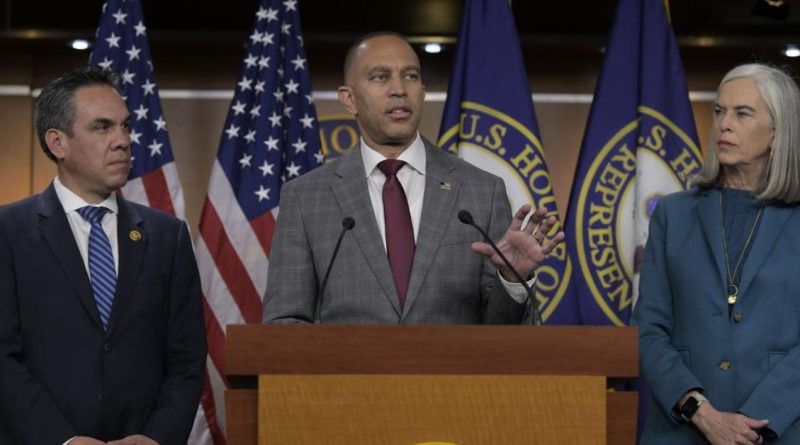The Case for Eliminating the Debt Limit: A Bold Move by Trump
In an unexpected twist, former President Donald Trump has called for the elimination of the debt limit, a move that could fundamentally change the way the U.S. handles its borrowing capacity. This proposal comes as a part of Trump’s broader plan for a “clean” funding bill that retains $100 billion for disaster relief and $30 billion for farmers.
Why Eliminate the Debt Limit?
The debt limit, an artificial cap on U.S. borrowing capacity, has been in place since 1917. It’s a relic that doesn’t actually curb spending but rather limits the government’s ability to pay for existing spending decisions. Only Denmark, among all countries, has a similar mechanism, and even they’ve rendered it ineffective.
Trump’s call to scrap this outdated policy is backed by Senator Elizabeth Warren, who believes that ending the debt limit would stop the political hostage-taking that has plagued U.S. politics for decades.
The Political Dynamics
The debt limit has become a tool for political leverage, especially in recent years. Republicans have often threatened to withhold the country’s credit, leading to crises that have disrupted both domestic and international financial markets. This tactic has become so common that it’s now seen as a standard practice in U.S. politics.
In the latest debt ceiling crisis of 2023, Congress opted to suspend the debt limit until January 1, 2025, in exchange for a two-year spending cap. This move, ironically, stripped away a significant Democratic agenda item, illustrating the skewed nature of these negotiations.
Trump’s Bold Stance
Why is Trump advocating for the elimination of the debt limit? There are several possible reasons: he may recognize its futility, he might want to eliminate any constraints on presidential power, or he could be influenced by his base, which wrongly views the debt limit as a barrier to runaway spending. Regardless of his motives, Trump’s proposal aligns with the views of many, including Sen. Warren, who sees it as a necessary step forward.
What’s Next?
House Minority Leader Hakeem Jeffries has criticized the Republican strategy, suggesting that it’s merely a pretext to cut Social Security funds. While there’s some truth to this, it overlooks the broader implications of Trump’s proposal. If Republicans push for the elimination of the debt limit, Democrats could use this as leverage to secure broader concessions, including maintaining social security benefits.

